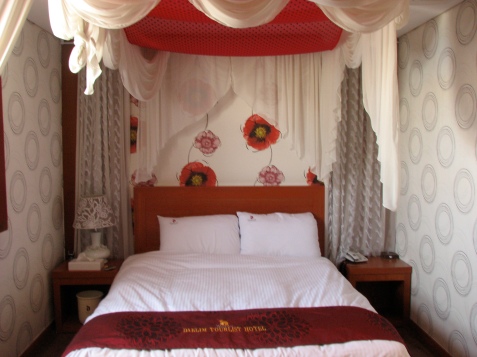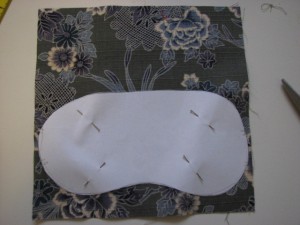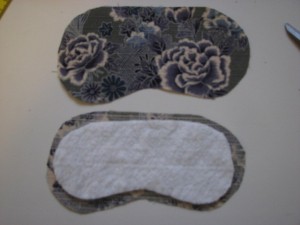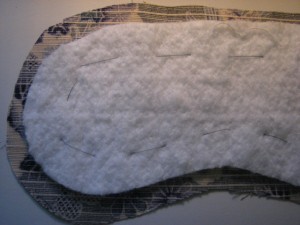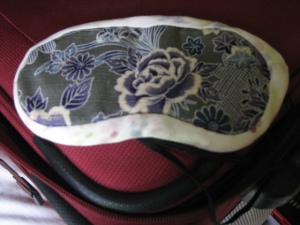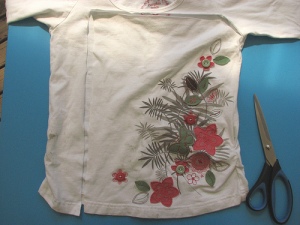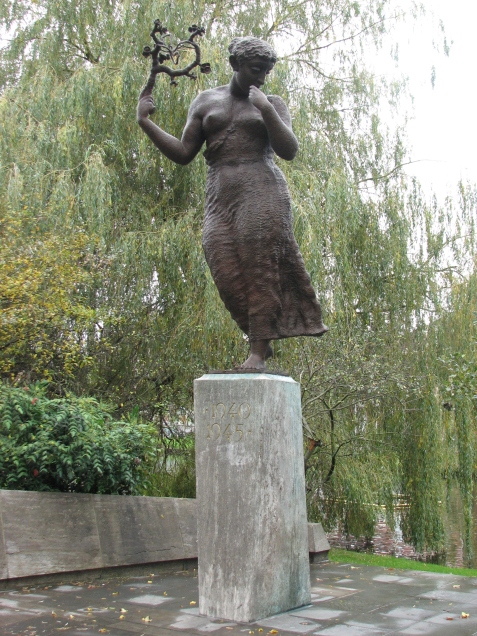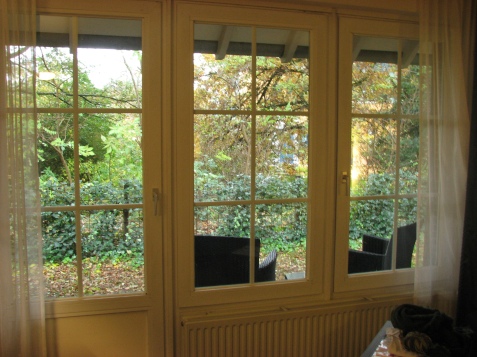I’m getting into a bit of sewing at the moment – new job, new wardrobe. Woohoo! I’ll have an update on the patterns and fabrics I’m using in the next day or so, once I’m over my shivery head cold.
In the mean time, I thought I might let you know about a couple of things I’ve come across on the intertron over the last few days.
It’s free pattern month over at Grosgrain and I can say the half slip tutorial is fabulous in its detail and description. That tutorial’s from Gertie’s New Blog for Better Sewing which I’ve been enjoying after discovering it recently. Gertie’s also over at BurdaStyle and her blog is great for her commentary on dresses, how-to, fabric selection, almost anything to do with sewing. Gertie’s particularly strong on vintage fashion and can have me drooling on a regular basis.
Another project I’ve come across is the IOU Project which seeks to bring together artisan weavers from India, designers from Europe and consumers from everywhere. Apart from the intrinsically wonderful idea of supporting the craft and employment of the weavers, I love that it is a promising new business model that show what can be done with the internet. You can find out more about it here.
I’ll shuffle over now and try not to drip on my sewing or the keyboard.

